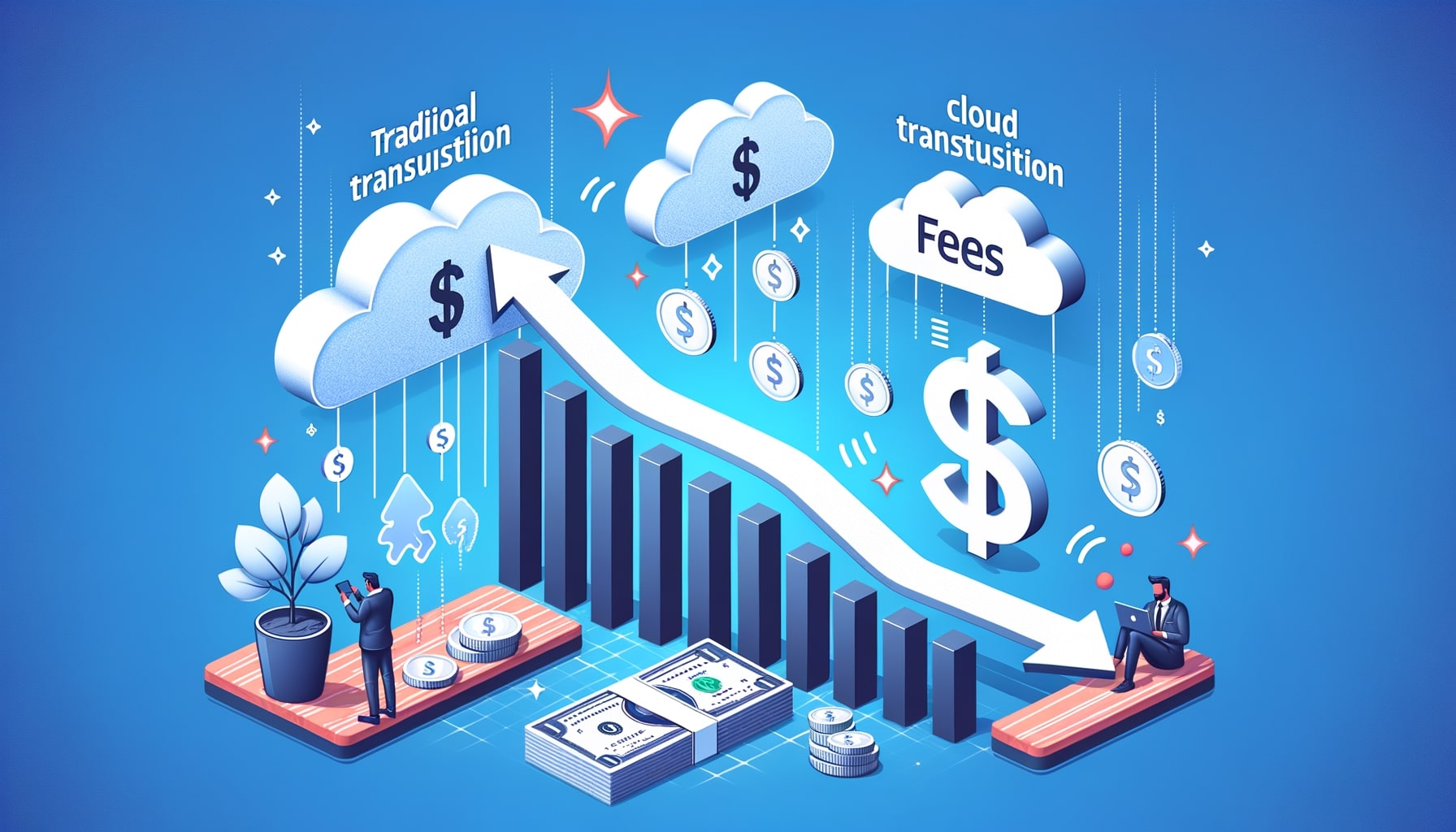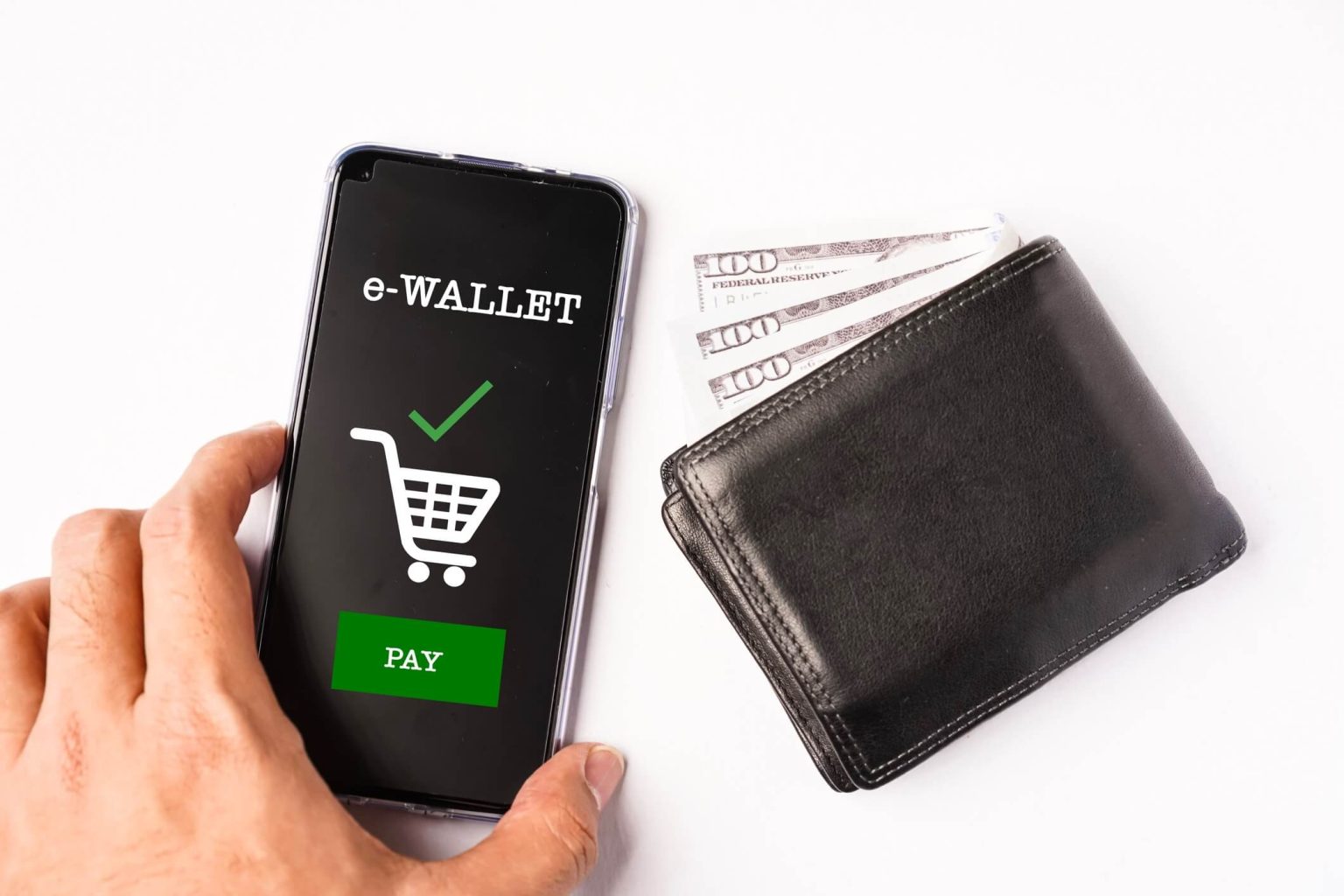Integrating Cloud Payments with Mobile Wallets
In today’s digital age, the way we make payments has undergone a significant transformation. With the rise of smartphones and the increasing popularity of mobile wallets, consumers are now able to make payments conveniently and securely using their mobile devices. However, the integration of cloud payments with mobile wallets takes this convenience to a whole new level.
In this article, we will explore the concept of integrating cloud payments with mobile wallets, understand its benefits, key considerations for implementation, and explore different mobile wallets and cloud payment solutions. We will also provide a step-by-step guide to integrating cloud payments with mobile wallets, discuss best practices for a seamless integration, address security and privacy concerns, and look into future trends and innovations in this field.
Understanding Cloud Payments and Mobile Wallets
Before diving into the integration of cloud payments with mobile wallets, it is essential to understand what these terms mean individually. Cloud payments refer to the process of making payments using cloud-based technology, where the payment information is stored and processed on remote servers rather than on the user’s device. On the other hand, mobile wallets are digital wallets that allow users to store their payment information securely on their mobile devices. These wallets can be used to make payments at physical stores, online merchants, and even peer-to-peer transactions.
Benefits of Integrating Cloud Payments with Mobile Wallets
The integration of cloud payments with mobile wallets offers numerous benefits for both consumers and businesses. Firstly, it enhances convenience by allowing users to make payments anytime, anywhere, without the need to carry physical wallets or credit cards. With just a few taps on their mobile devices, users can complete transactions swiftly and effortlessly. This convenience factor leads to increased customer satisfaction and loyalty.
Secondly, integrating cloud payments with mobile wallets enables businesses to streamline their payment processes. By accepting mobile wallet payments, businesses can reduce the reliance on traditional payment methods, such as cash or card payments, which often involve time-consuming manual processes. This streamlining of payment processes not only saves time but also reduces the risk of human error, leading to improved operational efficiency.
Furthermore, the integration of cloud payments with mobile wallets opens up new opportunities for businesses to engage with their customers. Mobile wallets often provide features such as loyalty programs, personalized offers, and digital receipts, which can help businesses build stronger relationships with their customers and drive repeat purchases. These features also enable businesses to gather valuable customer data, which can be used for targeted marketing campaigns and personalized experiences.
Key Considerations for Implementing Cloud Payments with Mobile Wallets
While the integration of cloud payments with mobile wallets offers numerous benefits, businesses need to consider several key factors before implementing this technology. Firstly, businesses must ensure that their payment infrastructure is compatible with mobile wallet integration. This may involve upgrading existing payment systems or adopting new technologies that support cloud payments.
Secondly, businesses need to consider the security and privacy implications of integrating cloud payments with mobile wallets. As payment information is stored and processed on remote servers, it is crucial to implement robust security measures to protect sensitive customer data. This may include encryption, tokenization, and multi-factor authentication.
Additionally, businesses should also consider the cost implications of integrating cloud payments with mobile wallets. While the initial investment may be significant, businesses need to evaluate the long-term cost savings and potential revenue growth that can be achieved through this integration. It is essential to conduct a thorough cost-benefit analysis to determine the financial viability of implementing cloud payments with mobile wallets.
Exploring Different Mobile Wallets and Cloud Payment Solutions
There are several mobile wallets and cloud payment solutions available in the market today. Each of these solutions offers unique features and capabilities, catering to different user preferences and business requirements. Let’s explore some of the popular mobile wallets and cloud payment solutions:
- Apple Pay: Apple Pay is a mobile wallet developed by Apple Inc. It allows users to make payments using their iPhone, Apple Watch, or iPad. Apple Pay uses near-field communication (NFC) technology to enable contactless payments at physical stores. It also supports in-app and online payments.
- Google Pay: Google Pay, formerly known as Android Pay, is a mobile wallet developed by Google. It is available on Android devices and can be used for contactless payments at physical stores, in-app purchases, and online transactions. Google Pay also offers features such as loyalty programs and peer-to-peer payments.
- Samsung Pay: Samsung Pay is a mobile wallet developed by Samsung Electronics. It is available on Samsung devices and supports contactless payments using both NFC and magnetic secure transmission (MST) technologies. This dual technology compatibility allows Samsung Pay to be used at a wider range of payment terminals.
- PayPal: PayPal is a popular online payment platform that also offers a mobile wallet. Users can link their bank accounts, credit cards, or PayPal balance to their PayPal account and make payments using their mobile devices. PayPal can be used for online purchases, in-app payments, and peer-to-peer transactions.
- Square: Square is a cloud-based payment solution that offers a range of payment services, including mobile wallet integration. Square allows businesses to accept mobile wallet payments using their mobile devices or dedicated point-of-sale (POS) systems. It also provides additional features such as inventory management and analytics.
Step-by-Step Guide to Integrating Cloud Payments with Mobile Wallets
Integrating cloud payments with mobile wallets may seem like a complex process, but with the right approach, it can be implemented smoothly. Here is a step-by-step guide to help businesses integrate cloud payments with mobile wallets:
- Assess Business Needs: The first step is to assess the business needs and objectives for integrating cloud payments with mobile wallets. This involves identifying the specific pain points in the existing payment processes and determining the desired outcomes from the integration.
- Choose the Right Mobile Wallet and Cloud Payment Solution: Based on the business needs, select the most suitable mobile wallet and cloud payment solution. Consider factors such as compatibility with existing systems, ease of integration, and the features and capabilities offered by the solution.
- Upgrade Payment Infrastructure: If necessary, upgrade the payment infrastructure to support mobile wallet integration. This may involve installing NFC-enabled payment terminals, upgrading POS systems, or adopting cloud-based payment processing solutions.
- Develop Integration Strategy: Develop a comprehensive integration strategy that outlines the technical requirements, timeline, and resource allocation for the integration process. This strategy should also include a plan for testing and quality assurance to ensure a seamless integration.
- Implement Security Measures: Implement robust security measures to protect customer data and ensure secure transactions. This may involve encryption, tokenization, and compliance with industry standards such as Payment Card Industry Data Security Standard (PCI DSS).
- Train Staff and Educate Customers: Provide training to staff members on how to use the mobile wallet and cloud payment solution effectively. Educate customers about the benefits of using mobile wallets and provide guidance on how to set up and use the chosen mobile wallet.
- Test and Optimize: Conduct thorough testing of the integrated system to identify any issues or bugs. Optimize the integration based on user feedback and performance metrics to ensure a seamless and user-friendly experience.
- Monitor and Maintain: Once the integration is complete, continuously monitor the system for any potential issues or security vulnerabilities. Regularly update the mobile wallet and cloud payment solution to benefit from new features and security enhancements.
Best Practices for a Seamless Integration of Cloud Payments and Mobile Wallets
To ensure a seamless integration of cloud payments with mobile wallets, businesses should follow some best practices. These practices include:
- User-Centric Design: Design the integration with a user-centric approach, focusing on simplicity, ease of use, and intuitive navigation. The goal is to provide a seamless and frictionless payment experience for users.
- Seamless Omnichannel Experience: Ensure that the integration provides a seamless omnichannel experience, allowing users to make payments across various touchpoints, including physical stores, online platforms, and mobile apps.
- Personalization and Customization: Leverage the capabilities of mobile wallets and cloud payment solutions to offer personalized and customized experiences to users. This can include personalized offers, loyalty programs, and tailored recommendations.
- Integration with Loyalty Programs: Integrate the mobile wallet with existing loyalty programs to provide users with a unified experience. This allows users to earn and redeem loyalty points seamlessly while making payments.
- Analytics and Insights: Utilize the analytics and insights provided by the mobile wallet and cloud payment solution to gain a deeper understanding of user behavior and preferences. This data can be used to optimize marketing strategies and improve customer engagement.
Security and Privacy Concerns in Cloud Payments and Mobile Wallets Integration
While the integration of cloud payments with mobile wallets offers numerous benefits, it also raises security and privacy concerns. Storing payment information on remote servers introduces the risk of data breaches and unauthorized access. To address these concerns, businesses should implement robust security measures such as encryption, tokenization, and multi-factor authentication.
Furthermore, businesses should comply with industry standards and regulations, such as PCI DSS, to ensure the security of customer data. Regular security audits and vulnerability assessments should be conducted to identify and address any potential vulnerabilities in the system.
In terms of privacy, businesses should clearly communicate their data collection and usage practices to users. They should obtain explicit consent from users before collecting and storing their personal information. Additionally, businesses should have a transparent privacy policy that outlines how user data is handled and protected.
Future Trends and Innovations in Cloud Payments and Mobile Wallets Integration
The integration of cloud payments with mobile wallets is a rapidly evolving field, and several future trends and innovations are expected to shape its trajectory. Some of these trends include:
- Biometric Authentication: The use of biometric authentication, such as fingerprint or facial recognition, is expected to become more prevalent in mobile wallet payments. This technology enhances security and provides a seamless user experience.
- Internet of Things (IoT) Integration: The integration of mobile wallets with IoT devices, such as smartwatches and connected cars, will enable users to make payments in a more convenient and frictionless manner.
- Blockchain Technology: The use of blockchain technology in cloud payments and mobile wallets can enhance security, transparency, and traceability. Blockchain-based solutions can provide a decentralized and tamper-proof infrastructure for payment transactions.
- Voice-Activated Payments: Voice-activated payments, powered by virtual assistants like Amazon’s Alexa or Apple’s Siri, are expected to gain popularity. Users will be able to make payments using voice commands, further simplifying the payment process.
- Augmented Reality (AR) and Virtual Reality (VR) Integration: AR and VR technologies can be integrated with mobile wallets to provide immersive shopping experiences. Users can visualize products in real-time and make payments seamlessly within the virtual environment.
FAQs
Q.1: What is the difference between cloud payments and mobile wallets?
Cloud payments refer to the process of making payments using cloud-based technology, where the payment information is stored and processed on remote servers. Mobile wallets, on the other hand, are digital wallets that allow users to store their payment information securely on their mobile devices.
Q.2: How does integrating cloud payments with mobile wallets benefit businesses?
Integrating cloud payments with mobile wallets enhances convenience, streamlines payment processes, and opens up new opportunities for customer engagement. It also enables businesses to gather valuable customer data for targeted marketing campaigns.
Q.3: What are some key considerations for implementing cloud payments with mobile wallets?
Key considerations include assessing business needs, choosing the right mobile wallet and cloud payment solution, upgrading payment infrastructure if necessary, implementing security measures, and conducting a thorough cost-benefit analysis.
Q.4: Which mobile wallets and cloud payment solutions are popular in the market?
Some popular mobile wallets and cloud payment solutions include Apple Pay, Google Pay, Samsung Pay, PayPal, and Square. Each of these solutions offers unique features and capabilities.
Q.5: How can businesses ensure a seamless integration of cloud payments and mobile wallets?
Best practices for a seamless integration include user-centric design, seamless omnichannel experience, personalization and customization, integration with loyalty programs, and leveraging analytics and insights.
Conclusion
The integration of cloud payments with mobile wallets has revolutionized the way we make payments. It offers convenience, streamlines payment processes, and opens up new opportunities for businesses to engage with their customers. However, businesses need to carefully consider key factors such as compatibility, security, and cost before implementing this technology. By following best practices and addressing security and privacy concerns, businesses can ensure a seamless integration of cloud payments with mobile wallets. As technology continues to evolve, future trends such as biometric authentication, IoT integration, and blockchain technology are expected to further enhance the capabilities of cloud payments and mobile wallets.










